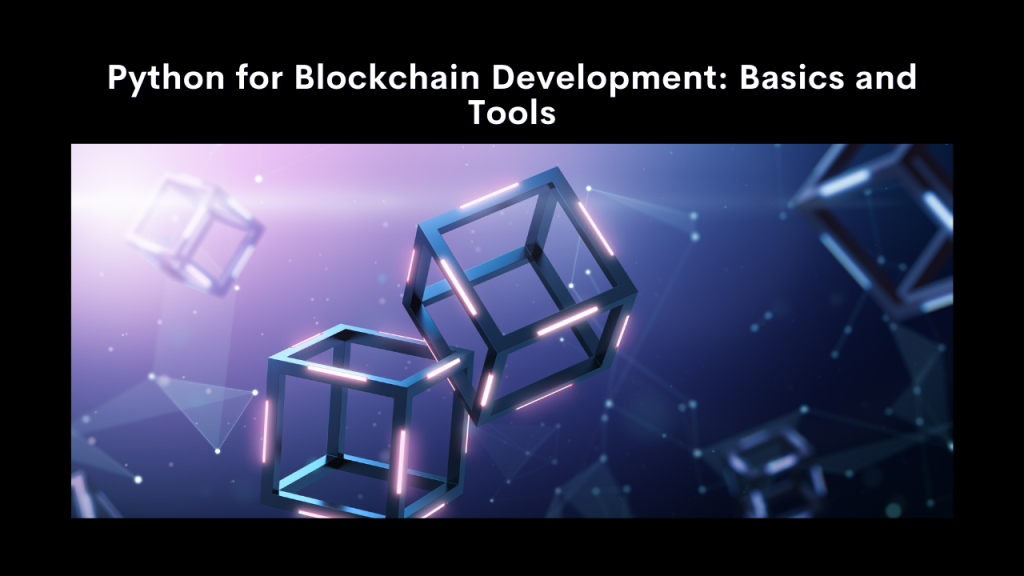- Company
ABOUT DIGIATTO IT SERVICES
Every issue that arises will be explained in detail. It’s time to start planning your adventures.

- Services
Trending Technologies
Tell Us Your Biggest Challenge.
Get a Customized Solution - Dedicated Developers
Hire Backend Developers
Hire App Developers
Hire Frontend Developers
Developers for Hire

- Industries
- ProductPRODUCTS
Bring Innovation to Your Company
Let’s start the journey towards success and enhance revenue for your business. Take your company to the next level with our market ready products and solutions.
- Blog
Our official blog for Industry News, Technology Advice, and Business Culture
Grow your Business with Digiatto IT Services



